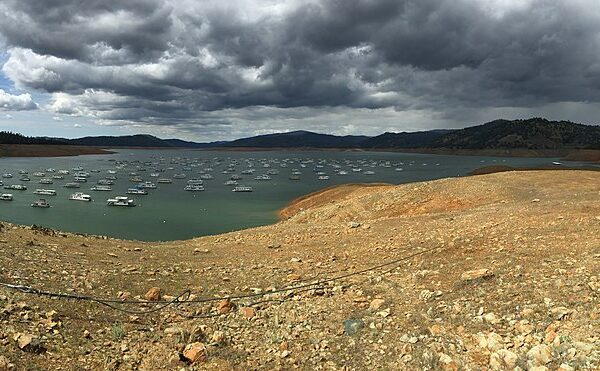
Breadths
- Art and Literature
- Biological Sciences
- Social and Behavioral Sciences
Water resource challenges are among the most significant climate issues facing Californians. This cluster brings together a suite of courses in multimedia arts practice, the history of California’s natural world, and the development of its cities, in order to think about how Californians use water now and in the future. The hub course in Art Practice will introduce students to media art production with the end goal of advancing popular conceptions about water, and will culminate in a multimedia gallery exhibit about Water and California at the Worth Ryder Gallery on the Berkeley Campus. Participants will explore these issues in the wing courses in light of the history of California’s natural environment, and also in its urban development.
The hub course for this cluster will involve two mandatory field trips, one of which requires moderate hiking (for which alternative activities are available as needed for those requiring accommodations):
- September 15, 2023 at 9:00 am-5:00 pm: Lake Merritt in Oakland.
- September 29, 2023 at 6:00 am – 10:00 pm: Hetch Hetchy in Yosemite National Park.
There will be no additional costs for either of these trips (L&S Pathways will cover transportation, entrance fees, and lunch on these days), but they are mandatory and you must be able to fit them into your schedule. Please only sign up for this cluster if you can commit to these trips.
Please note that this cluster is 10 units. You will need to enroll in at least 3 more units to meet your minimum units (13) for full time student status. We recommend talking to your L&S Advisor for suggestions, during Golden Bear Advising. Consider the following 1-2 unit class options:
- DeCal: Democratic Education at Cal, student-led and facilitated classes
- Freshman and Sophomore Seminars: explore a scholarly topic of mutual interest together through dialogue in a small group of classmates and a professor
- Physical Education: get active!
Meeting Schedule
Art Practice 30: Friday 9a-1p
Geography 50AC: Tu/Th 12.30-2p, discussion section Mon 11a-12p
Integrative Bio 11: Tu/Th 11a-12p. discussion section Fri 3-4p
Hub Art Practice 30: Water, Art, and California
3 Units, Art and Literature breadth
Water is one of the most precarious resources in California, yet many people believe the water supply to be unlimited. The arts and visual cultures contribute to such popular misconceptions of natural resources, but media art can also help people develop more accurate and relevant conceptions of natural resources. The course introduces students to interdisciplinary creative research and media art production with the end goal of advancing popular conceptions about water. Students study water cultures in California from the 1750’s onwards and experience a wide range of watercourses and waterworks to inspire new art. Students will make art projects that include data visualization, short fiction, billboard designs, and interactive gallery displays. This course will include the two mandatory field trips noted above.
Instructor: Greg Niemeyer
Wing 1 Integrative Biology 11: The Natural History of California
3 Units, Biological Sciences breadth
An introduction to the biomes, plants, and animals of California. The lectures explore natural history as the foundation of the sciences, including geology, paleontology, environmental history, botany, zoology, ecology, and conservation. The field labs include activities on campus and in protected areas near Berkeley. The course is open to all students without prerequisite and provides a foundation for advanced study in the life sciences and field biology.
Instructor: Alan Shabel
Wing 2 Geography 50AC: California
4 Units, Social and Behavioral Science breadth
California had been called “the great exception” and “America, only more so.” Yet few of us pay attention to its distinctive traits and to its effects beyond our borders. California may be “a state of mind,” but it is also the most dynamic place in the most powerful country in the world, and would be the 8th largest economy if it were a country. Its wealth has been built on mining, agriculture, industry, trade, and finance. Natural abundance and geographic advantage have played their parts, but the state’s greatest resource has been its wealth and diversity of people, who have made it a center of technological and cultural innovation from Hollywood to Silicon Valley. Yet California has a dark side of exploitation and racialization.
Instructor: Seth Lunine